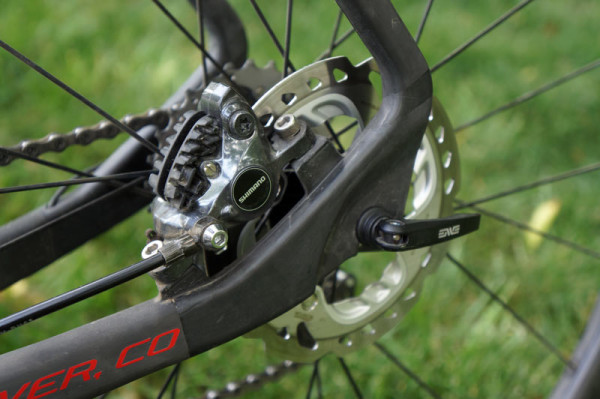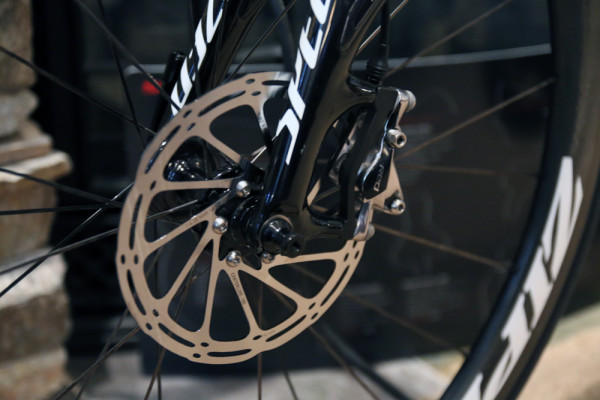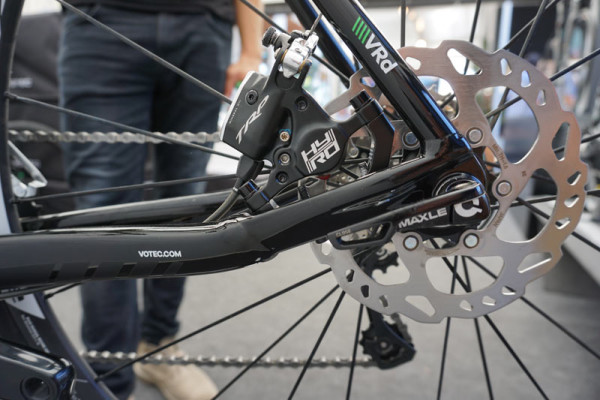There was never a doubt we would be seeing disc brakes in the peloton soon, but now it’s unofficially official! The Union Cycliste Internationale announced Friday that they would allow all riders of UCI professional road teams to use try disc brakes in 2016 as a continued trial.
Head past the brake for the details……
We’ve already seen UCI-ready road bikes with disc brakes popping up as the governing body had allowed limited testing of disc brakes by World Tour Teams this past August and September to address initial safety concerns. In cooperation with stakeholders, riders, mechanics, organizers, neutral service providers, teams and the bicycle industry, represented by the World Federation of the Sporting Goods Industry (WFSGI), they’re now allowing all UCI professional road teams to use disc brakes during the “continued trials”.
In short, disc brake use won’t be “officially” allowed until the 2017 season given hell doesn’t freeze over, as the 2016 season is considered a final trial period before sealing the deal. This decision, though seemingly an easy one, isn’t being taken lightly as there has been safety concerns regarding injuries and burns occurring during a crash within the peloton as well as the additional braking performance increasing the frequency of crashes (concerns that are all but non-existent in mountain biking and cyclocross).
Back in April, UCI President Brian Cookson said:
“Although disc brakes have been used for around a decade in mountain biking and for the last two years in cyclo-cross, their introduction to road cycling must be carefully studied in collaboration with all those who are directly concerned. That includes riders, teams and manufacturers. This step is part of the UCI’s desire to encourage innovation in order to ensure cycling is even more attractive for spectators, riders, bike users and broadcasters.”
Starting starting January 1, 2016, all UCI World Teams, Professional Continental Teams, Continental Teams, and UCI Women’s Teams will have the green light to use disc brakes so as long as their equipment meets the modified articles 1.3.017 (frame regulations) and 1.3.020 (fork regulations). Though braking performance will be significantly improved, especially in wet conditions, due to the disc alignment and thru axles, wheel changes will not be as fast.
What this means more than anything is that the next high end road bike you purchase is highly likely to have disc brakes whether you like it or not. The general consensus seems pretty positive about the idea (unless they have a small fortune in wheel sets), and now that they’re allowed in the top levels of competition, there’s just no stopping the future…
Check the UCI press release for the full details.


